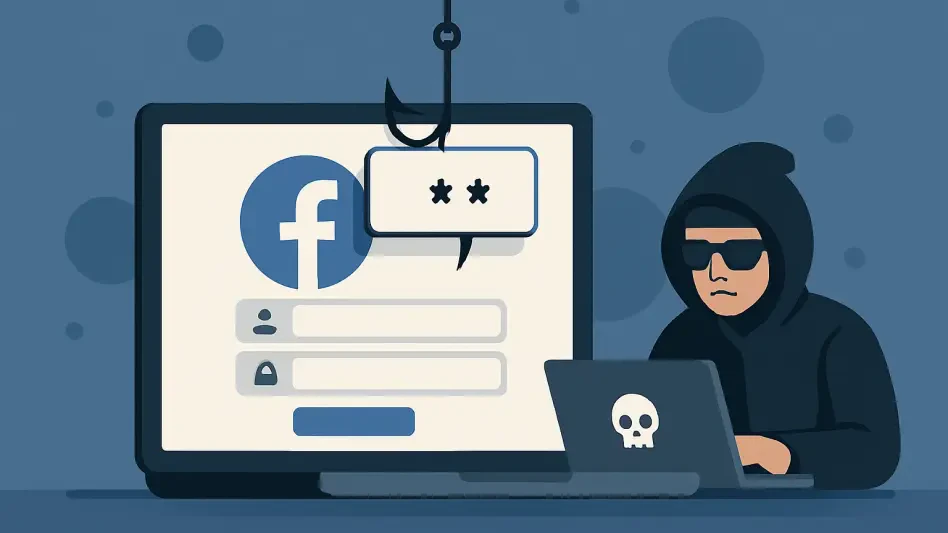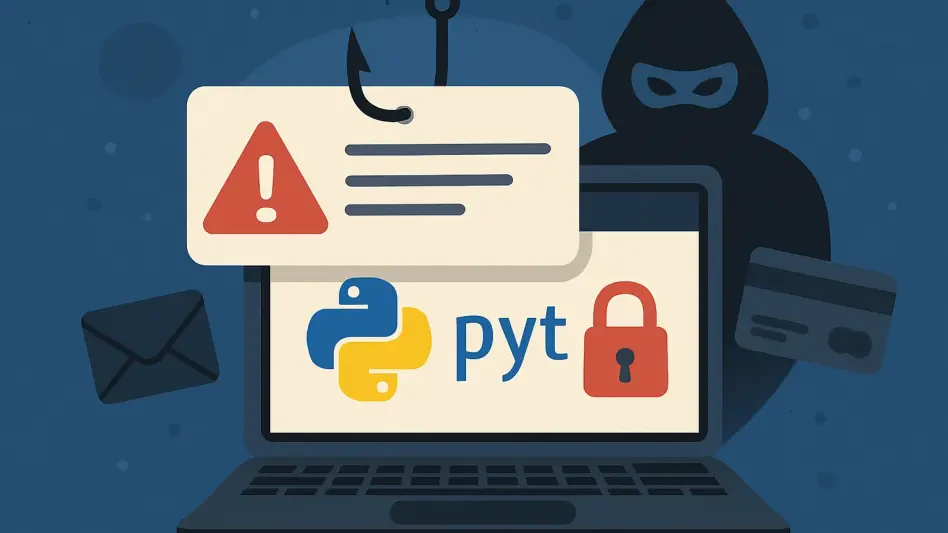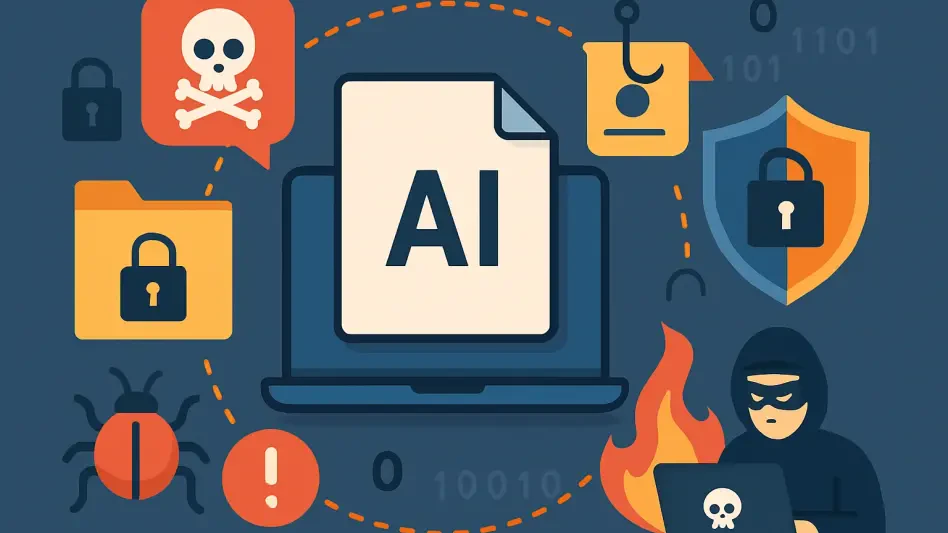Imagine stepping into a high-stakes environment where sensitive data flows continuously. This is the everyday reality for thousands of employees in Georgia’s bustling business sectors. From finance to logistics, companies are on alert, countering an insidious threat that often comes from within their walls. In modern workplaces brimming with valuable data, the specter of insider threats is an ever-present concern. As companies increasingly depend on digital landscapes, the need for robust surveillance mechanisms has never been more critical.
Why Digital Surveillance Is a Game-Changer for Georgia’s Business Security Landscape
The rise of digital surveillance tools marks a pivotal point in business security strategy. As technology advances, so does the sophistication of potential threats against which companies must defend themselves. Georgia’s commercial sphere, encompassing diverse sectors such as healthcare, finance, and logistics, has seen these technologies implemented to keep data breaches at bay.
Digital surveillance is more than just monitoring—it proactively enhances security architectures. By employing cutting-edge tools like artificial intelligence, behavioral analytics, and biometric systems, companies not only respond to threats but anticipate and mitigate them before causing damage. The introduction of these advanced techniques has equipped businesses with more than what traditional security mechanisms offered, creating protective networks that address evolving vulnerabilities.
Addressing the Growing Concern of Insider Threats
Insider threats are particularly alarming because they arise from trusted individuals—employees, contractors, and partners with authorized access to sensitive systems. These threats can manifest as data leaks, financial fraud, and even sabotage. They are notoriously difficult to detect due to the legitimate access these actors possess, giving them a veneer of normalcy.
In industries that handle massive amounts of data, such as finance and healthcare, the sensitivity and volume of information make these sectors lucrative targets. The challenge in addressing insider threats lies not only in identifying illicit activities but also in distinguishing them from regular, permissible actions. Digital surveillance provides a means of discerning this fine line, making security efforts more precise and effective.
Cutting-Edge Digital Surveillance Techniques Used by Georgia Companies
The Role of User Activity Monitoring Software
User Activity Monitoring (UAM) software has emerged as a cornerstone of modern digital surveillance. This technology tracks and analyzes employee interactions with company systems. For instance, companies employ phone spy apps that monitor email communications, identify unauthorized data access, and flag atypical login patterns. These applications help to discern between routine activities and potential security breaches.
Enhancing Security with Biometric Measures
Biometric security measures, such as fingerprint and facial recognition systems, further enhance digital surveillance efforts. By controlling access to critical data, biometric systems ensure sensitive information is accessible only to authorized personnel. This layer of security significantly reduces the likelihood of internal threats.
Multi-Factor Authentication as an Added Layer of Protection
Multi-Factor Authentication (MFA) is vital in enhancing security protocols. Combining biometrics with passwords or security tokens, MFA adds complexity to the authentication process, making unauthorized access considerably more challenging. Even if one authentication method is compromised, the additional layers provide formidable protection against potential threats.
Balancing Security with Legal and Ethical Considerations
Even as digital surveillance protects businesses, it treads a fine line concerning employee privacy. It’s essential for Georgia businesses to balance security measures with ethical standards. Transparency is paramount; informing employees about surveillance practices fosters trust. This also helps businesses comply with state and federal laws that demand visible security measures.
To effectively manage this balance, businesses should establish and communicate clear cybersecurity policies. These guidelines help define acceptable and non-acceptable behaviors within the workplace, aligning employee actions with company protocols. Ensuring that surveillance data is used solely for security purposes upholds ethical standards and prevents misuse of employee information.
Navigating the Challenges of Implementing Digital Surveillance
Implementing digital surveillance comes with challenges, chief among them being the risk of false positives—instances where typical activities are flagged as suspicious. Although AI systems are adept at spotting anomalies, human oversight remains crucial to accurately differentiate between harmless and malicious actions.
Cost implications also pose hurdles, particularly for small businesses. Advanced surveillance systems require significant investment and resource allocation for effective integration. Moreover, as threats evolve, businesses must invest in continuous updates and improvements to their monitoring systems.
Insights from Experts and Real-World Applications
Industry professionals emphasize the importance of keeping up with technological advancements in business security. Jane Smith, a cybersecurity consultant in Atlanta, highlights, “The pace at which cyber threats evolve demands that our surveillance strategies remain dynamic. It’s not just about implementing tools but about continuously refining and adapting them.”
Case studies from Georgia-based businesses illustrate these practices in action. One financial institution in Atlanta, for example, significantly reduced insider threat incidents by implementing UAM software and MFA across its systems, showcasing the real-world efficacy of these technologies.
Practical Tips for Implementing Digital Surveillance in Your Business
For businesses considering adopting digital surveillance, the key lies in strategic integration. First, clearly define your security needs and identify the surveillance tools that best match those requirements. Ensure your workforce is educated about the importance and scope of these measures.
Next, foster compliance and fairness by transparently communicating your policies. Maintain an open dialogue with employees to address any concerns regarding privacy. This transparency not only ensures legal compliance but also builds trust within the organization.
Finally, prioritize essential tools and technologies. User Activity Monitoring software, biometric systems, and Multi-Factor Authentication should be high on your list. These solutions offer robust protection against insider threats and streamline security protocols.
Conclusion
As Georgia businesses forge ahead with digital surveillance initiatives, they set a precedent for robust security practices. With advanced tools like AI-driven monitoring, behavioral analytics, and biometrics, these organizations are better equipped to preempt and combat internal threats. By balancing stringent security measures with ethical considerations, businesses build trust and strengthen their operational integrity. Going forward, continuous adaptation and investment in cutting-edge technologies will be critical to maintaining a secure and resilient business environment.







